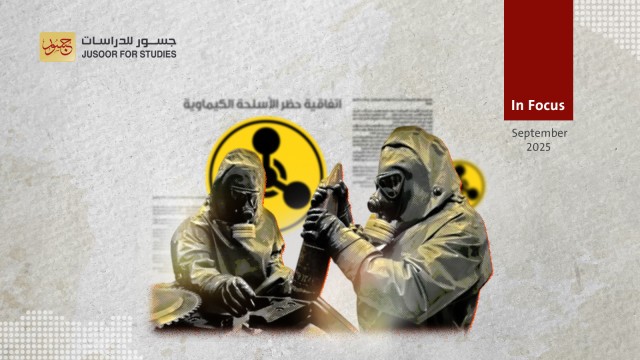What are the objectives of the Syrian regime in introducing decentralized technology?
Recently, the head of the Syrian regime, Bashar al-Assad, spoke about working on “generating power in each Syrian governorate separately,” as a beginning of using the decentralized technology approach. Adopting such a method, the regime thinks, can solve power production and supplying problems in each region independently, technically and separately from the official electricity directorates. This came during a visit Al-Assad made on August 3, 2023, to the Syrian coastal areas, specifically Baniyas power station, north of Tartus.
In fact, decentralized technology, as a term, recently emerged that somehow represents the ability of the regime’s subsidiary service institutions like electricity, water, and transportation directorates to incentivize investors and launch projects to bring resources to the state and compensate for the existing shortage.
The annual capacity of the newly established power plant is limited to 24 megawatts, an amount not worth mentioning compared to the electricity needs of the regime-controlled areas, which range between 6 and 7 thousand megawatts annually, while the actual current production is limited to 2.5 thousand megawatts. Consequently, the regime faces a significant deficit in electricity supply, ranging between 3.5 and 4.5 thousand megawatts annually.
In 2021, the mechanism for humanitarian aid delivery to Syria was renewed under Resolution 2585, which, for the first time, stipulated the inclusion of early recovery projects in the support provided for essential services, as electricity was initially excluded before it was approved by Security Council Resolution 2642 (2022) under pressure from Russia.
However, the mechanism for humanitarian aid delivery has been paralyzed since July 11, 2023, after Russia refused to renew it, threatening to collapse such a mechanism. This would result in additional burdens on the regime in financing electricity services after the early recovery operations used to relatively assist in supporting this eroded sector through maintenance and repair of networks and stations. Out of 374 projects under the early recovery framework implemented in Syria by the end of 2022 - according to the United Nations Office for the Coordination of Humanitarian Affairs - there were 158 projects supporting electricity, which is nearly 50% of early recovery projects valued at 517 million US-dollars.
On the other hand, the regime was hoping to make a breakthrough in the Arab Gas Pipeline project, as it had many attempts to restart it between 2020 and 2022. It could have covered the equivalent of a thousand megawatts of the regime’s need from electricity. However, the project faltered for various reasons, and with it, the regime's opportunities to obtain electricity also stumbled.
The regime also seemed to be relying on securing electricity services from the funding that could be provided by Arab normalization. However, the sluggishness and stumbling blocks facing this path make its chances weaker in addressing the escalating electricity deficit. Hence, the regime's prospects for meeting its electricity needs are diminishing. This explains Bashar al-Assad's introduction of the decentralized technology approach. This, in turn directs to local and regional actors, especially Arab countries, and the most prominent messages are intended to be delivered to:
- A message to the Arab countries that the regime is steadfast in its position of not offering any concessions in exchange for the financing promises it was expecting from them and demonstrating its ability to compensate for that; through what al-Assad called the "national capital " .
- Syrian traders and businessmen who are hesitant to participate in such projects; where al-Assad insulted them. This may be understood in terms of the regime’s endeavors to force private capital to participate in financing services, or else their fate would be confiscation and seizure.
In general, the proposal for decentralized technology came against the backdrop of the contribution of some private sector institutions in conducting experiments to generate electricity from renewable energies, as is the case in the project west of Homs on the Tartous road. These projects are to be supervised by the service directorates, which grant execution powers to these institutions. This means that it is more of a response to organizing an existing reality rather than being a theoretical legal framework, as is usually the case with the regime.
Furthermore, the regime wants the subsidiary institutions to share the burden of the deficit after they began to complain about the inability of the main ministries and institutions to make any contribution to solving the problems. This step helps al-Assad to avoid pointing out the erosion of the state structures that he has harnessed for a full decade to serve his own war machine.
In conclusion, decentralized technology does not pose any threats for the regime of transitioning towards administrative decentralization; as it will fundamentally not abandon tight security control over any institution, whether it's small or large. The use of this term is nothing more than a means for the regime to evade responsibility and to encourage local private capitals to operate in service sectors.








